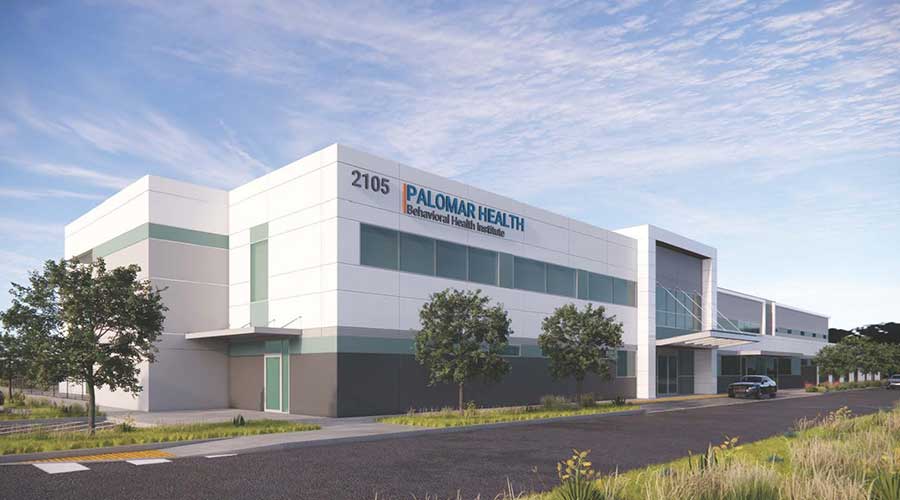COVID-19 has forced healthcare systems to adopt new technology and processes to deal with changing problems. The pandemic has placed stress on the healthcare sector’s workplace, infrastructure and supply chain. Health IT adoption and implementation has significantly increased since the beginning of the pandemic as health systems were forced to depend on digital health technologies for care. This has set the stage for new innovation moving forward.
Remote patient monitoring is one example of a technology that has become more well known and used due to the pandemic, according to
Efficient big data management technology is becoming a major focus among health systems. Data-gathering and reporting efforts sped up during the pandemic, and even small organizations are utilizing cloud implementations to securely store and coordinate data. Investments in technology that protects electronic health records via artificial intelligence and high performance computing are becoming more popular as the pandemic continues. Over 221 million patient records were shared in November. This represents a 40 percent increase year over year. An increasing number of healthcare systems are also making the transition to cloud platforms and partnering with big technology organizations to host their health records and information systems to offer real-time data insights and more storage solutions.
Cybersecurity solutions are seeing increased investments since the beginning of the pandemic in early 2020. The amplified number of cyber attacks through ransomware and phishing put an emphasis on the importance of a solid cybersecurity network and data storage infrastructure. A healthy knowledge of cyber security will likely be reinforced in the minds of healthcare professionals by their IT teams in the future especially as more work goes remote.
New technology and new ways of using it will likely become the norm as healthcare systems seek to innovate as the pandemic continues. Investments in technology such as remote patient monitoring, data management, and cybersecurity solutions will increase due to the need of these systems to innovate and evolve.

 Third-Party Vendors May Pose Healthcare Cybersecurity Risks
Third-Party Vendors May Pose Healthcare Cybersecurity Risks Palomar Health Breaks Ground on Behavioral Health Institute
Palomar Health Breaks Ground on Behavioral Health Institute UNC Health Rex Files Plans for New Wake Forest Hospital
UNC Health Rex Files Plans for New Wake Forest Hospital 6 Steps to Reshaping Hybrid Healthcare Workplaces
6 Steps to Reshaping Hybrid Healthcare Workplaces Man Escapes Police Custody at California Hospital After Causing Car Crash
Man Escapes Police Custody at California Hospital After Causing Car Crash